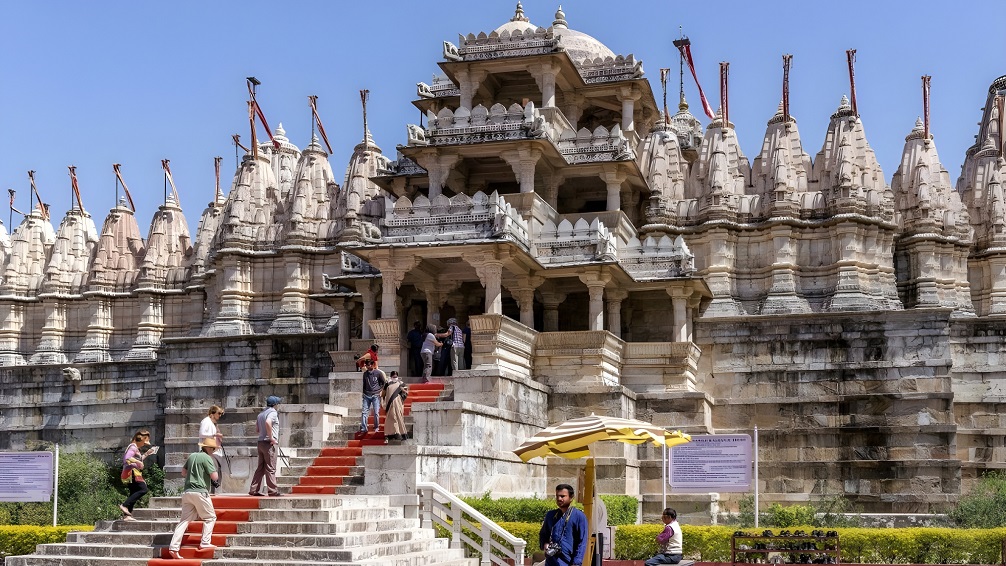
Jainism
The sixth century BC was a period of great intellectual ferment in India. This was the time when Hindu scholars were writing the Upanishads that questioned many beliefs of ancient Brahmanism. At the same time, two extraordinary religious reformers rose into prominence, and their teachings led to the appearance of two new religions that survive till today. They were Gautama Buddha the founder of Buddhism and Vardhaman Mahavira, the final tirthankar of Jainism. The Buddha and Mahavira were contemporaries, who were preaching in the same region and their teachings share many common beliefs. Both of them questioned the supremacy of the Vedas, the power of the Hindu Brahmin priesthood and were against the caste system.
The Jains believe in a series of enlightened holy men called Tirthankars or ‘ford makers across the stream of existence’. Starting with Adinatha, there are twenty four tirthankaras. These saints gained spiritual deliverance from the cycle of rebirth through the practice of austerity and meditation. The twenty third tirthankara was Parsvanath and twenty fourth Mahavira. It was Mahavira who during a lifetime of teachings gathered together the tenets of the faith and founded modern Jainism.
Both Parsvanath and Mahavira were of noble birth. Parsvanath was the son of Asvasena, the king of Varanasi and he lived 250 years before Mahavira. He was a great teacher who established a monastic order and he allowed the wearing of white garments by Jain ascetics. Parsvanath advocated four sacred vows for the monks. These were, first, that life should not be taken; no falsehood should be spoken; nothing should be taken that is not freely given and there should be a complete non-attachment to life. The first vow of not taking lives would lead to the most important of all Jain beliefs in non-violence or ahimsa.
Vardhaman Mahavir was born in Kundagram near Vaishali around 540 BC, the son of a nobleman named Siddhartha and his wife Trisala a princess of the Lichchavi clan. Mahavira was married to Yashoda and had a daughter Priyadarsana. He became a monk at the age of thirty and then led a life of severe asceticism, performing severe austerities during meditations which included walking naked. After years of meditation he gained enlightenment by the banks of the Rijupalika River, near the village of Jrimbhika grama in modern Bihar. Mahavira added the vow of celibacy to the four vows of Parsvanath and for the next four decades he continued to wander and preach. Vardhaman Mahavira gained final liberation at the age of 72 at Majjhima Pava near Patna
The Tenets of Jainism
Jainism is the most ascetic of all Indian religions, aiming to attain self-perfection by the gradual abandonment of the material world. The word ‘Jain’ comes from the Sanskrit word ‘Jina’ which means a conqueror who is victorious over his mind and body. Jainism is also the most passionate advocate of non-violence among all the religions of the world. Non-violence or ahimsa towards all living beings is at the core of the Jain faith as they believe that all life forms possess a soul. The highest virtue in Jainism is total non-violence and treating all life forms with respect and compassion.
Jainism speaks of the Triple Gems – Right Vision, Right Knowledge and Right Conduct. The monks and nuns have to take the Five Vows or Mahavratas – Ahimsa (non-violence), Satya (truthfulness), Asteya (non-stealing), Brahmacharya (celibacy) and Aparigraha (non-possession). There are two Jain monastic orders; Shvetambaras or white clad, who wear white garments and the Digambaras or sky clad, these are monks who remain unclad like Mahavira.
For a Jain, non violence governs every aspect of daily life. They are strict vegetarians and do not join any profession that involves the killing of living creatures, not just as soldiers but also as farmers. So over the centuries they have become India’s most energetic commercial class. Jain monks and nuns cover their mouths to avoid breathing in a living creature and walk barefoot, using a brush to sweep away insects from their path.
Jains temples have images of the tirthankaras that are worshipped. Unlike Buddhism the Jains did not entirely reject Hinduism and many Hindu gods and goddesses are also worshipped by them. They set a high value to learning and worship sixteen Vidyadevis, goddesses of learning including Goddess Saraswati. Their temples also have images of Hindu deities like Ganesha, Lakshmi, the Navagrahas (nine planets) and Yoginis. Their respect for knowledge also led to Jain monasteries preserving many rare ancient manuscripts.
In the first century BC there was a division in the Jain community into two main sects – the Shvetambaras and the Digambaras. The Shvetamabras or ‘white clad’ wear white clothes while the Digambara or ‘sky clad’ monks choose to live naked following the example of Lord Mahavira.
Jain Pilgrimages
Over the centuries Jainism spread across India and also gained many kings as disciples. Emperor Chandragupta Maurya of the kingdom of Magadha was a follower of Jainism and is said to have chosen death by ritual starvation in the traditional Jain manner. Many kings of the South also patronised Jainism. Today there are large and prosperous Jain communities in Rajasthan, Gujarat, Karnataka and Andhra Pradesh. This has led to some of the most beautifully designed Jain temples in the country, many of them built all in sumptuous marble and covered in exquisite sculpture.
There are five mountains sacred to the jains – Mount Abu, Girnar, Shatryunjaya, Samneta and the legendary Mount Ashtapada.
Mount Abu
Mount Abu is the only hill station in Rajasthan and the famous temples of Dilwara stand on a hill near this picturesque town. There are five magnificently carved marble temples here, the first built in the 11th century. Work went on for two centuries thereafter. The Vimal Vasahi or Adinatha Temple is built completely in pristine marble and covered in carvings. The bronze image of the tirthankara Adinatha has a gem necklace and eyes made of precious jewels. The 13th century Luna Vasahi or Neminath Temple is dedicated to the 22nd tirthankara Neminath and the Chaumukha Temple to Parsvantha. These temples are famous for the intricacy of their marble carvings including images of goddesses and a ceiling carved like an inverted lotus.
Girnar
The tirthankara Neminath is said to have died on this hill in Gujarat that is near Junagadh. There are a group of sixteen temples on top built between the 12th and 16th century dedicated to various tirthankaras. One temple is dedicated to Neminath and there is also a small temple for Lord Vishnu and the goddess Amba Mata. Pilgrims walk up flights of stairs going up the hill and have to climb 5500 steps to reach the top.
Palitana
From this town in Gujarat the temples can be reached on the nearby Shatrunjaya Hill where Jains believe Adinatha the first tirthankara stayed. This is the largest complex of Jain temples with an amazing 863 temples built here. The whole complex took nine centuries to complete and the oldest temple dates back to the 11th century. There is a four kilometre walk up the hill, climbing 3950 steps. Among the most famous are the Adiswara temple which has a legendary collection of temple jewels; the Chaumukha Adinatha Temple with a wonderful image of Adinatha facing four directions and the Vimal Shah Temple.
Sravanabelagola
This pilgrimage in Karnataka is one of the most famous Jain sacred sites. It is said that in the 3rd century BC the Mauryan king Chandragupta who was a Jain, came here with his guru Bhadrabahu. The giant 17 metre statue of Lord Gomateswara (Lord Bahubali) stands here on top of the Vindhyagiri Hill. This is believed to be the world’s largest monolith statue and can be seen even from twenty kilometres away. It was built in the 10th century and is dedicated to Gomateswara, the son of Adinath, the first tirthankara. It is said that he meditated with such concentration that creepers grew up his legs and these are shown on the image. This unforgettable image shows Gomateswara standing in a yogic pose and with a serene smile. Every twelve years the magnificent Maha Mastaka Abhishekha ceremony is held here when the image is bathed in milk, ghee, yoghurt, saffron, gold coins and precious jewels. The last ceremony was held in 2006.
Ranakpur
This complex of temples is near Udaipur in Rajasthan. The main shrine built in the 15th century is the Chaumukha Temple dedicated to Adinatha. This exquisite marble temple has delicate sculptures covering ceilings and pillars. It has 29 halls supported by 1444 pillars and no two pillars are alike. There are also temples to Neminath, Parsvanath, Amba Mata and the sun god Surya.
Parsvanath Shikharji
The temple stands on Parsvanath Hill in the Giridih district of Jharkhand. The hill is named after the twenty third tirthankar Parsvanath and it is also called Sammed Shikhar or the Peak of concentration. It is said that twenty out of the twenty four tirthankaras attained moksha here. It the highest mountain in the state and the trek to and back from the temple covers a distance of 27 kilometres.
Find Your Perfect Read
Explore More
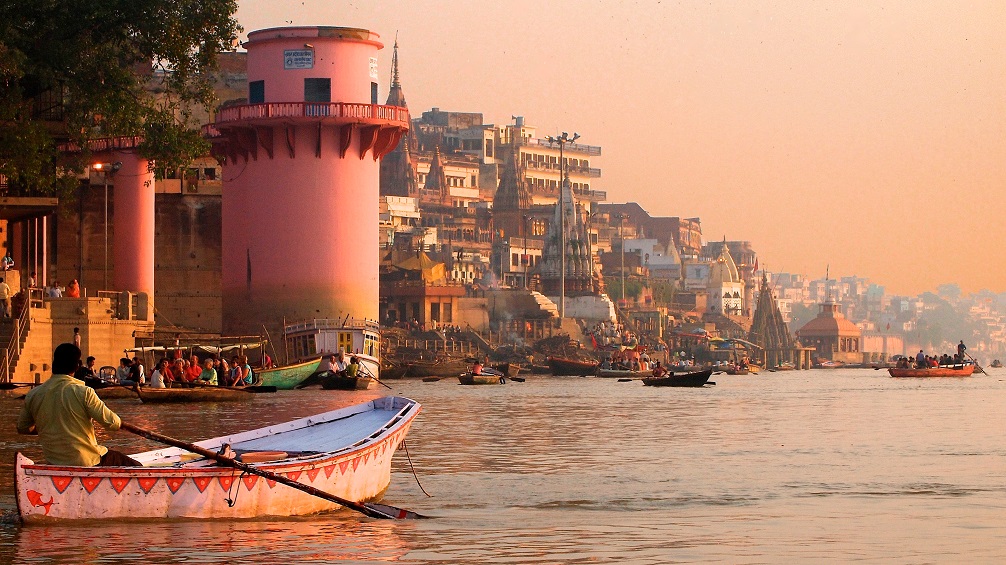
Hinduism
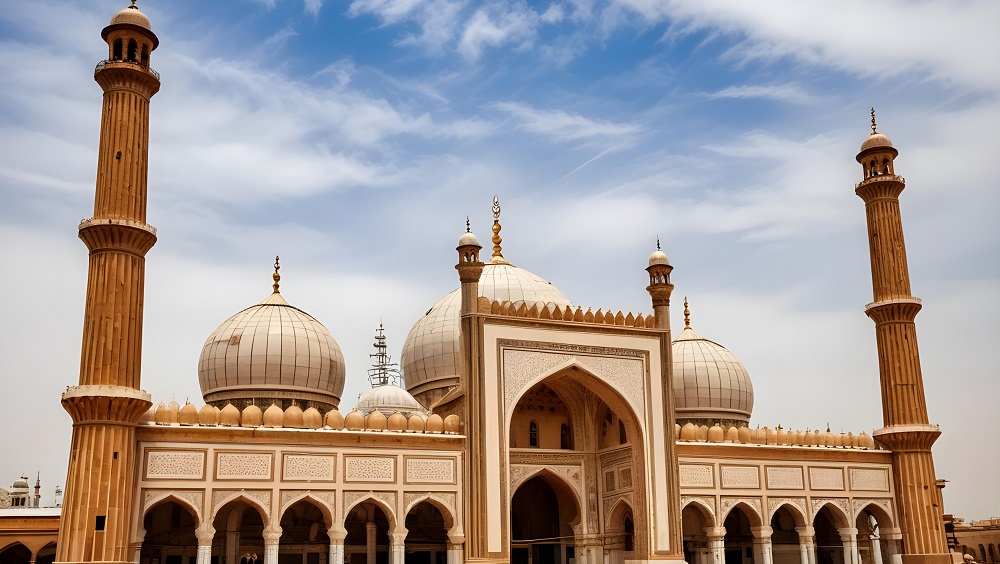
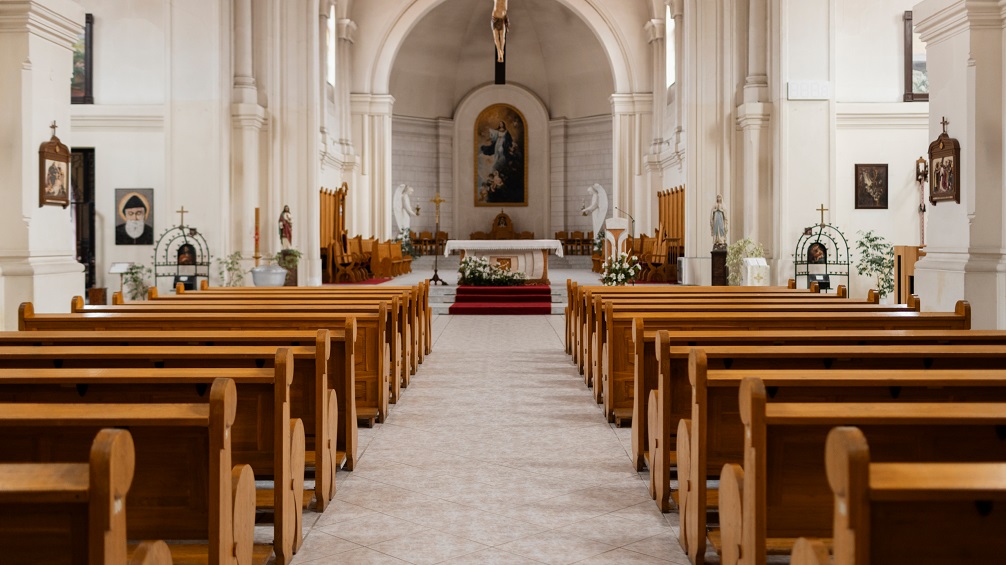
Christianity
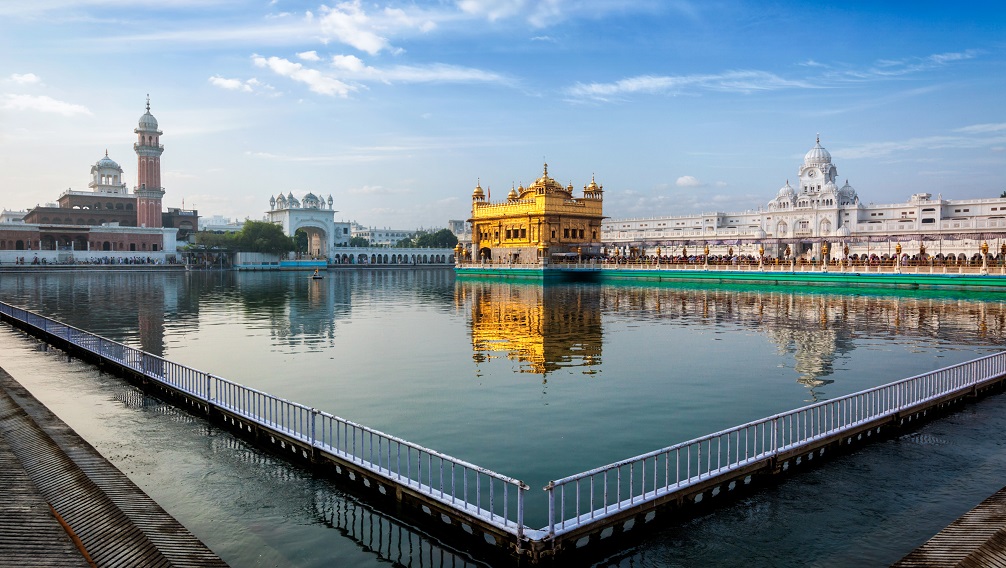
Sikhism
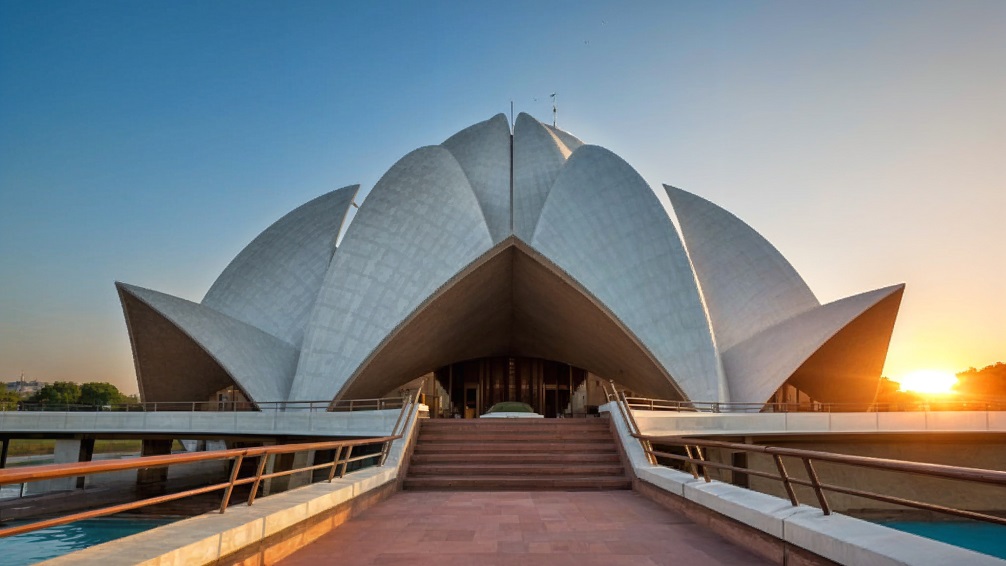
The Baha'i Faith
The Baha’i faith is a modern religion that preaches a faith that emphasizes the spiritual unity of all mankind...
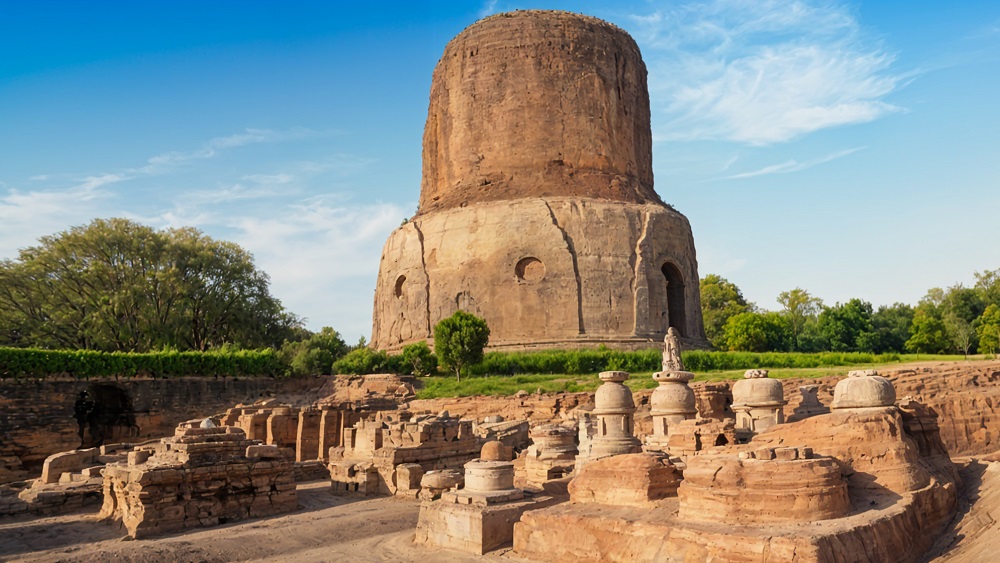
Buddhism
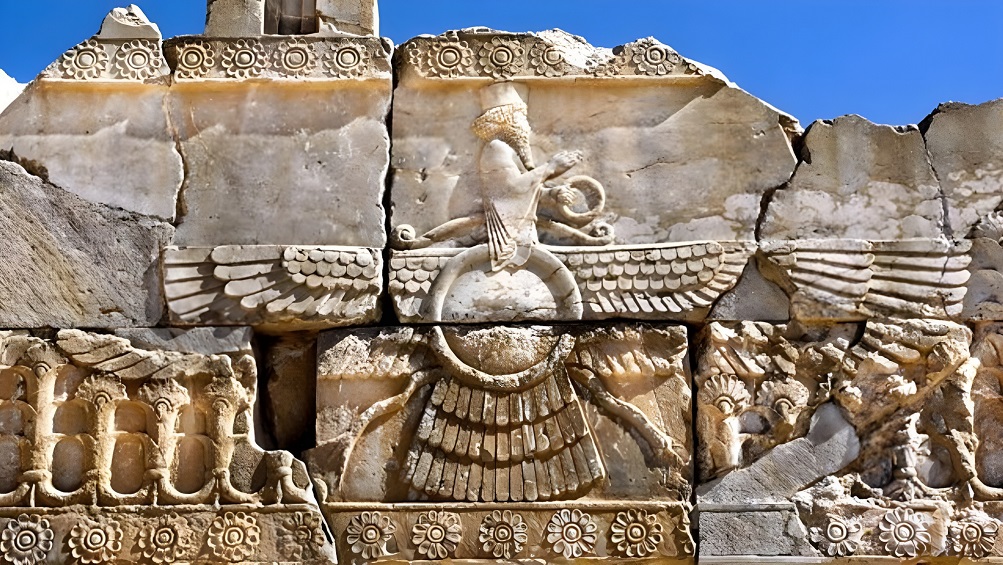
Zoroastrianism

Jainism
The sixth century BC was a period of great intellectual ferment in India. This was the time...

